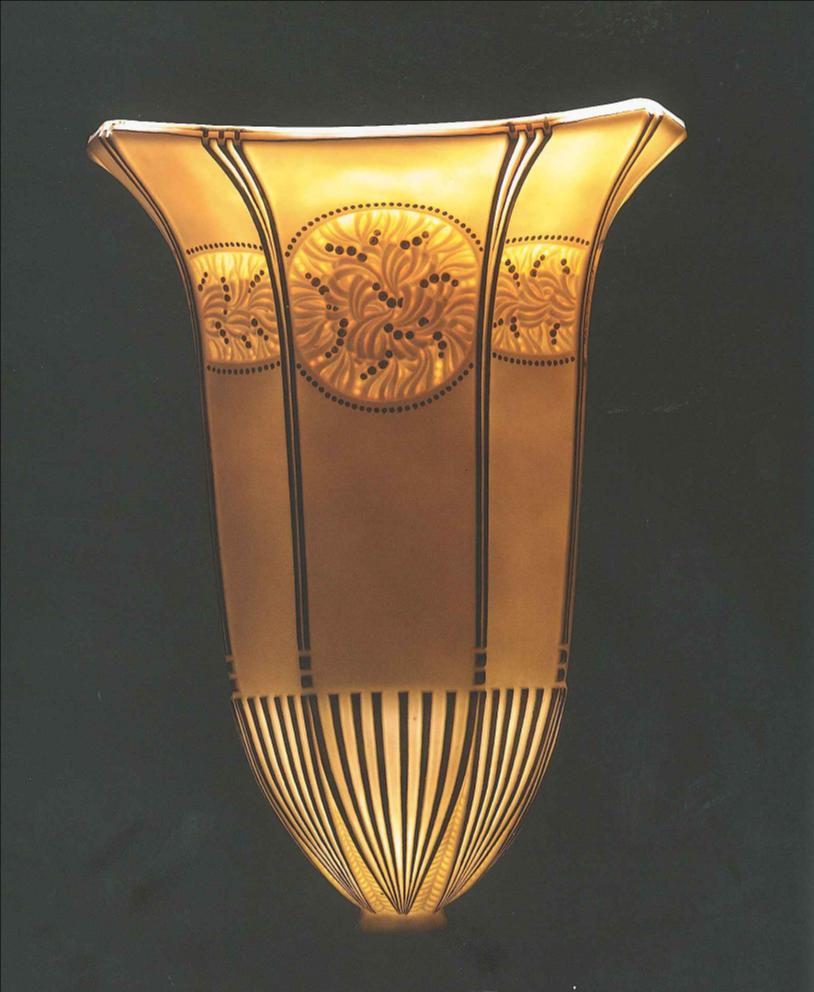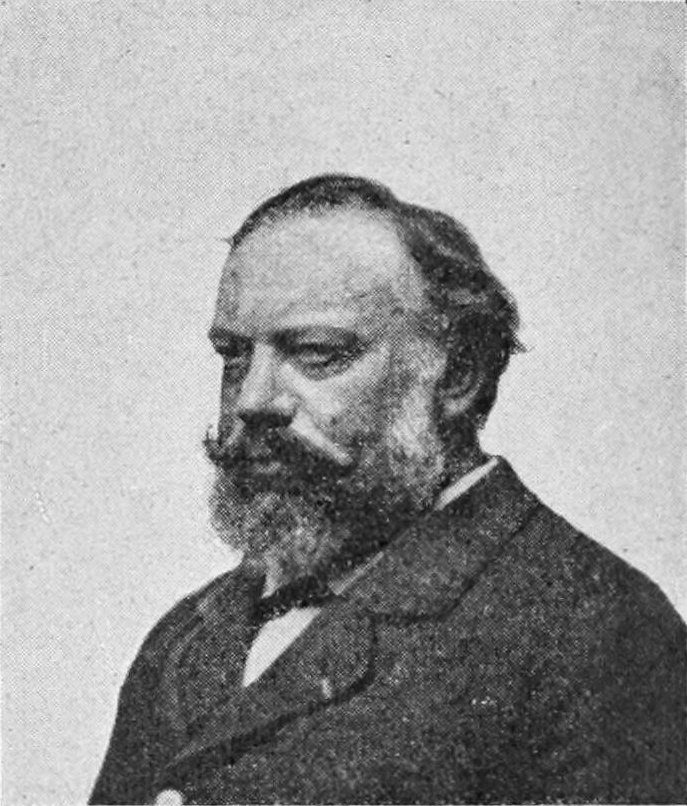|
Henri Rapin
Henri Rapin (24 February 1873 – 30 June 1939) was a French painter, illustrator and designer known for his Art Deco inspired contributions in various media including porcelain, leather goods, lighting and interior furnishings. Early life and career Born in Paris in 1873, Rapin studied under neoclassical artists Jean-Léon Gérôme and Joseph Blanc at the École des Beaux-Arts. in 1925 Rapin was responsible for the planning and design of a number of pavilions at the International Exposition of Modern Industrial and Decorative Arts, a landmark Paris event that highlighted the rise of streamlined classicism and geometric styles, later identified by the term, "Art Deco". Rapin's work at the exposition and cooperative relationship with artists such at René Lalique, Max Ingrand, and Raymond Subes, also directly led to a commission to lead the interior design of a new private residence in Tokyo for Prince Yasuhiko Asaka. Completed in 1933, the residence is now open to the publi ... [...More Info...] [...Related Items...] OR: [Wikipedia] [Google] [Baidu] |
Paris
Paris () is the capital and most populous city of France, with an estimated population of 2,165,423 residents in 2019 in an area of more than 105 km² (41 sq mi), making it the 30th most densely populated city in the world in 2020. Since the 17th century, Paris has been one of the world's major centres of finance, diplomacy, commerce, fashion, gastronomy, and science. For its leading role in the arts and sciences, as well as its very early system of street lighting, in the 19th century it became known as "the City of Light". Like London, prior to the Second World War, it was also sometimes called the capital of the world. The City of Paris is the centre of the Île-de-France region, or Paris Region, with an estimated population of 12,262,544 in 2019, or about 19% of the population of France, making the region France's primate city. The Paris Region had a GDP of €739 billion ($743 billion) in 2019, which is the highest in Europe. According to the Economis ... [...More Info...] [...Related Items...] OR: [Wikipedia] [Google] [Baidu] |
École Des Beaux-Arts
École des Beaux-Arts (; ) refers to a number of influential art schools in France. The term is associated with the Beaux-Arts style in architecture and city planning that thrived in France and other countries during the late nineteenth century and the first quarter of the twentieth century. The most famous and oldest École des Beaux-Arts is the École nationale supérieure des Beaux-Arts in Paris, now located on the city's left bank across from the Louvre, at 14 rue Bonaparte (in the 6th arrondissement). The school has a history spanning more than 350 years, training many of the great artists in Europe. Beaux-Arts style was modeled on classical "antiquities", preserving these idealized forms and passing the style on to future generations. History The origins of the Paris school go back to 1648, when the Académie des Beaux-Arts was founded by Cardinal Mazarin to educate the most talented students in drawing, painting, sculpture, engraving, architecture and other medi ... [...More Info...] [...Related Items...] OR: [Wikipedia] [Google] [Baidu] |
Art Deco Designers
Art is a diverse range of human activity Human behavior is the potential and expressed capacity ( mentally, physically, and socially) of human individuals or groups to respond to internal and external stimuli throughout their life. Kagan, Jerome, Marc H. Bornstein, and Richard ..., and resulting product, that involves creative or imaginative talent expressive of technical proficiency, beauty, emotional power, or conceptual ideas. There is no generally agreed definition of what constitutes art, and its interpretation has varied greatly throughout history and across cultures. In the Western tradition, the three classical branches of visual art are painting, sculpture, and architecture. Theatre, dance, and other performing arts, as well as literature, music, film and other media such as interactive media, are included in a broader definition of the arts. Until the 17th century, ''art'' referred to any skill or mastery and was not differentiated from crafts or scien ... [...More Info...] [...Related Items...] OR: [Wikipedia] [Google] [Baidu] |
French Decorative Artists
French (french: français(e), link=no) may refer to: * Something of, from, or related to France ** French language, which originated in France, and its various dialects and accents ** French people, a nation and ethnic group identified with France ** French cuisine, cooking traditions and practices Fortnite French places Arts and media * The French (band), a British rock band * "French" (episode), a live-action episode of ''The Super Mario Bros. Super Show!'' * ''Française'' (film), 2008 * French Stewart (born 1964), American actor Other uses * French (surname), a surname (including a list of people with the name) * French (tunic), a particular type of military jacket or tunic used in the Russian Empire and Soviet Union * French's, an American brand of mustard condiment * French catheter scale, a unit of measurement of diameter * French Defence, a chess opening * French kiss, a type of kiss involving the tongue See also * France (other) * Franch, a surname * Frenc ... [...More Info...] [...Related Items...] OR: [Wikipedia] [Google] [Baidu] |
Malletier
A malletier is, in French, literally a trunk-maker, or manufacturer of luggage and suitcases Trunkmaking French philosopher Denis Diderot and Jean d'Alembert made mention of a ''Malletier'' and his techniques in their ''Encyclopédie, ou Dictionnaire raisonné des sciences, des métiers et des arts'' (1713-1784 Notable malletiers French malletiers The first houses of malletiers appeared in Paris the middle of the 19th century. The most famous historical malletiers include: , founded in 1834 upon the advent of railway travel. In 1847 ...[...More Info...] [...Related Items...] OR: [Wikipedia] [Google] [Baidu] |
Prince Yasuhiko Asaka
General was the founder of a collateral branch of the Japanese imperial family and a general in the Imperial Japanese Army during the Japanese invasion of China and the Second World War. Son-in-law of Emperor Meiji and uncle by marriage of Emperor Hirohito, Prince Asaka was commander of Japanese forces in the final assault on Nanjing, then the capital city of Nationalist China, in December 1937. Japanese forces under his command committed the Nanjing massacre. After the war, General Douglas MacArthur granted immunity to members of the Imperial family. As a result, Asaka was never tried for his involvement in the Nanking Massacre by SCAP authorities. Asaka and his children lost their imperial status in 1947. Afterwards, he converted to Catholicism and died of natural causes at the age of 93. Biography Early years Prince Yasuhiko came from Kyoto, the eighth son of Prince Kuni Asahiko and the court lady Tsunoda Sugako. Prince Kuni Asahiko was the youngest prince descended fr ... [...More Info...] [...Related Items...] OR: [Wikipedia] [Google] [Baidu] |
René Lalique
René Jules Lalique (6 April 1860 – 1 May 1945) was a French jeweller, medallist, and glass designer known for his creations of glass art, perfume bottles, vases, jewellery, chandeliers, clocks, and automobile hood ornaments. Life Lalique's early life was spent learning the methods of design and art he would use in his later life. At the age of two, his family moved to the suburbs of Paris, but traveled to Aÿ for summer holidays. These trips influenced Lalique later on in his naturalistic glasswork. With the death of his father, Lalique began working as an apprentice to goldsmith Louis Aucoc in Paris. Lalique died on 1 May or 5 May 1945, in Paris. René Lalique was buried in Père Lachaise Cemetery in Paris, France. His granddaughter, Marie Claude-Lalique (b. 1936), was also a glass maker. She died on 14 April 2003 in Fort Myers, Florida. Education In 1872, when he was twelve, he entered the Collège Turgot where he started drawing and sketching. He attended evening ... [...More Info...] [...Related Items...] OR: [Wikipedia] [Google] [Baidu] |
International Exposition Of Modern Industrial And Decorative Arts
The International Exhibition of Modern Decorative and Industrial Arts (french: Exposition internationale des arts décoratifs et industriels modernes) was a World's fair held in Paris, France, from April to October 1925. It was designed by the French government to highlight the new ''style moderne'' of architecture, interior decoration, furniture, glass, jewelry and other decorative arts in Europe and throughout the world. Many ideas of the international avant-garde in the fields of architecture and applied arts were presented for the first time at the Exposition. The event took place between the esplanade of Les Invalides and the entrances of the Grand Palais and Petit Palais, and on both banks of the Seine. There were 15,000 exhibitors from twenty different countries, and it was visited by sixteen million people during its seven-month run. The ''Style Moderne'' presented at the Exposition later became known as "Art Deco", after the name of the Exposition. The idea and the organiz ... [...More Info...] [...Related Items...] OR: [Wikipedia] [Google] [Baidu] |
Joseph Blanc
Paul-Joseph Blanc (25 January 1846, Paris - 5 July 1904, Paris) was a French painter who specialized in scenes from ancient history and mythology. Biography He studied at the École des Beaux Arts with Émile Bin and Alexandre Cabanel. In 1867, he was awarded the Prix de Rome for painting for his work ''The Murder of Laius by Œdipus'' and was named a Professor at the École in 1889. His studio in Montmartre also served as an art school. In addition to his favorite subjects, he produced many portraits of politicians, including Georges Clemenceau, Léon Gambetta and Paul Bert. He participated in the decoration of several buildings; among them the Panthéon, where he painted ''The Vow of Clovis at the Battle of Tolbiac'', ''The Baptism of Clovis'' and ''The Triumph of Clovis''. His decorative paintings may also be seen at the Opéra-Comique and the Hôtel de Ville He created a design for postage stamps as well. They featured the figure of Marianne and came in denominations fro ... [...More Info...] [...Related Items...] OR: [Wikipedia] [Google] [Baidu] |
France
France (), officially the French Republic ( ), is a country primarily located in Western Europe. It also comprises of overseas regions and territories in the Americas and the Atlantic, Pacific and Indian Oceans. Its metropolitan area extends from the Rhine to the Atlantic Ocean and from the Mediterranean Sea to the English Channel and the North Sea; overseas territories include French Guiana in South America, Saint Pierre and Miquelon in the North Atlantic, the French West Indies, and many islands in Oceania and the Indian Ocean. Due to its several coastal territories, France has the largest exclusive economic zone in the world. France borders Belgium, Luxembourg, Germany, Switzerland, Monaco, Italy, Andorra, and Spain in continental Europe, as well as the Netherlands, Suriname, and Brazil in the Americas via its overseas territories in French Guiana and Saint Martin. Its eighteen integral regions (five of which are overseas) span a combined area of ... [...More Info...] [...Related Items...] OR: [Wikipedia] [Google] [Baidu] |
Jean-Léon Gérôme
Jean-Léon Gérôme (11 May 1824 – 10 January 1904) was a French painter and sculptor in the style now known as academicism. His paintings were so widely reproduced that he was "arguably the world's most famous living artist by 1880." The range of his oeuvre included historical painting, Greek mythology, Orientalism, portraits, and other subjects, bringing the academic painting tradition to an artistic climax. He is considered one of the most important painters from this academic period. He was also a teacher with a long list of students. Early life Jean-Léon Gérôme was born at Vesoul, Haute-Saône. He went to Paris in 1840 where he studied under Paul Delaroche, whom he accompanied to Italy in 1843. He visited Florence, Rome, the Vatican and Pompeii. On his return to Paris in 1844, like many students of Delaroche, he joined the atelier of Charles Gleyre and studied there for a brief time. He then attended the École des Beaux-Arts. In 1846 he tried to enter the p ... [...More Info...] [...Related Items...] OR: [Wikipedia] [Google] [Baidu] |







